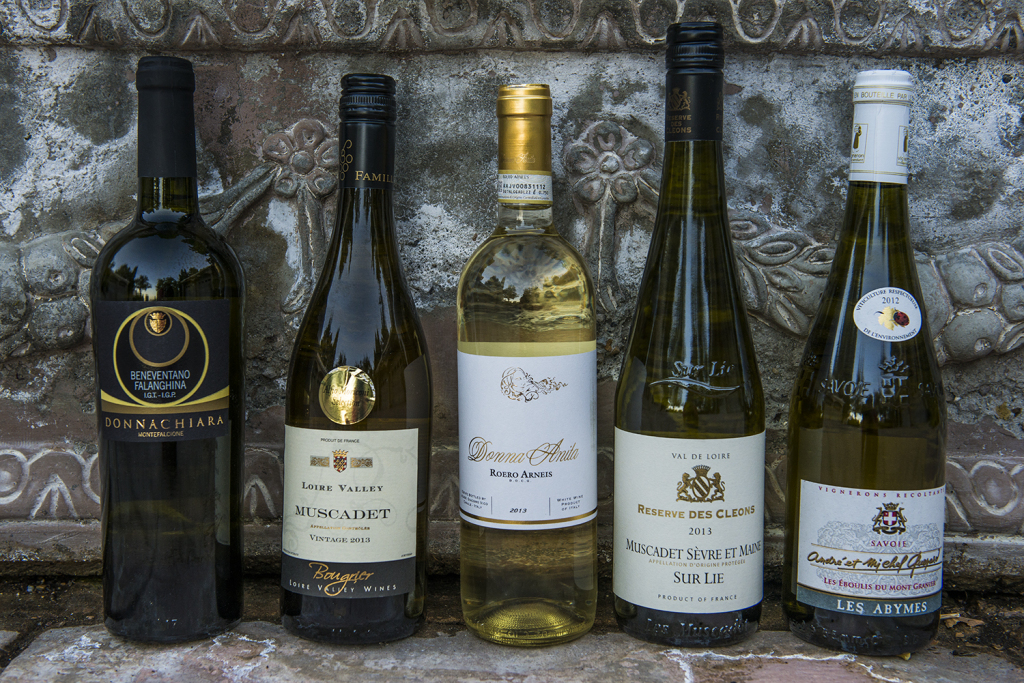Every year, without fail, I’m asked by a handful of visitors, “Where should we eat while we’re in Las Vegas?” And as if by the powers of association, my mind starts spinning like a slot machine with all of the possibilities. “Strip or Off-Strip? How much money do you want to spend? What type of food do you want to eat? Casual or Fancy?” ACKKKK!!!!! There are literally so many places to choose from my brain inevitably shuts down and I can’t think of anything at all. It’s embarrassing! I’m determined to change this, but it is truly hard, so we’ll start with baby steps. Actually, we’ll start with the most obscure place of all… The Bronze Cafe.
I discovered this little gem via my bestie Jessica who happened to move to DTLV (downtown) earlier this year. She kept mentioning this as a favorite and I was like, “What?! Where? I’ve never heard of it.” That’s the problem you see. There are constantly new restaurants popping up all across town, all of the time. After about the 3rd mention, I looked it up and quickly discovered it was a favorite of many people (rated #2 on Yelp) and that it had been there for a year and a half. (SIGH) The next day, I high-tailed it downtown to see what the fuss was all about. And let me tell you, it did not disappoint.

The food is delicious, healthful, and all made from scratch with a focus on vegan, vegetarian, and gluten-free options. But if you’re an omnivore like me, don’t let that put you off. They also have bacon! The cafe serves coffee, juice, pastries/baked goods, soup, salad, sandwiches and sides.
It’s located in the The Center (our local Gay + Lesbian Community Center) and run by Chef Peter Bastien (of Osteria Mozza fame) and his business partner David Mozes. Many of the items have playful names like, “The What What” and “The LGBTQ.” I’m absolutely in love with the “Complicated Order” sandwich (bacon jam, FTW!). I’m also addicted to their kale salads, specifically “The Bizness” and “David’s Special.” The sides they put on top are the best – curried quinoa, spiced chickpeas, beet salad, house-made seitan, roasted chicken. The vegan “Tree of Life” pita is another favorite with it’s pickled onions, cashew crema, and brazil nut crumble. I’m getting hungry just thinking about it! I’ve also tried a few of their baked goods and all have been fantastic. Plus they’ve got a special, cold-brew iced coffee made from a Japanese-style drip tower.
(Excuse the lousy photos. I took these quickly before scarfing everything down.)
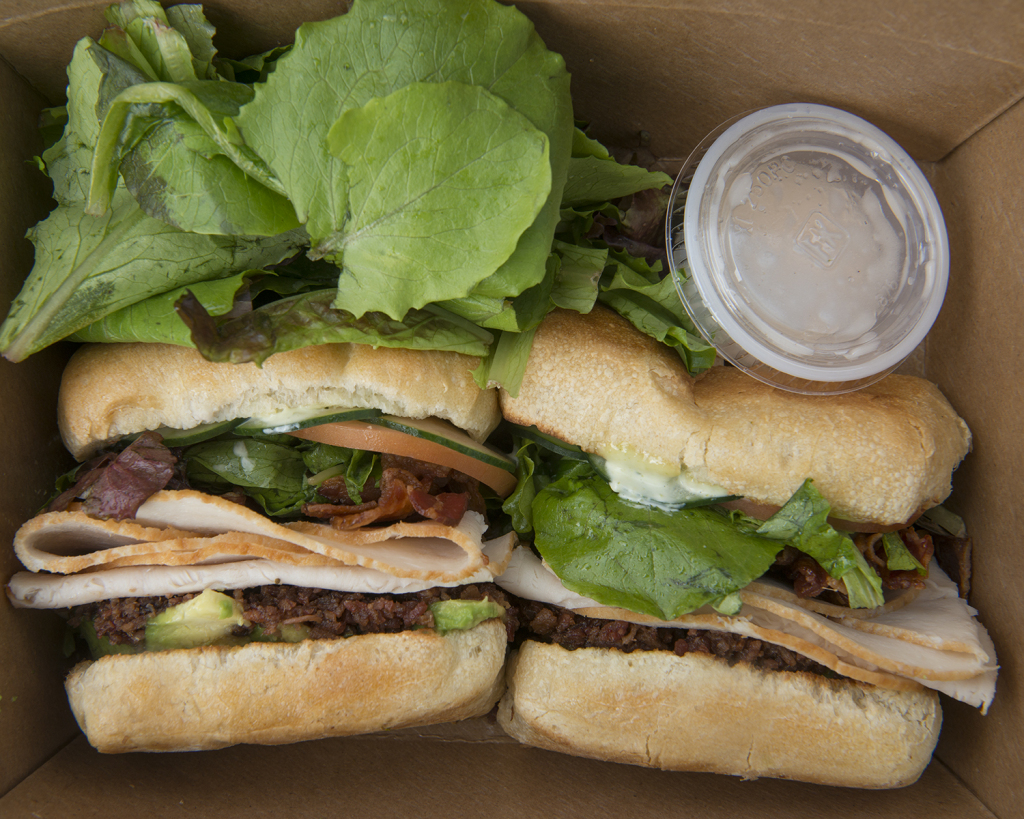
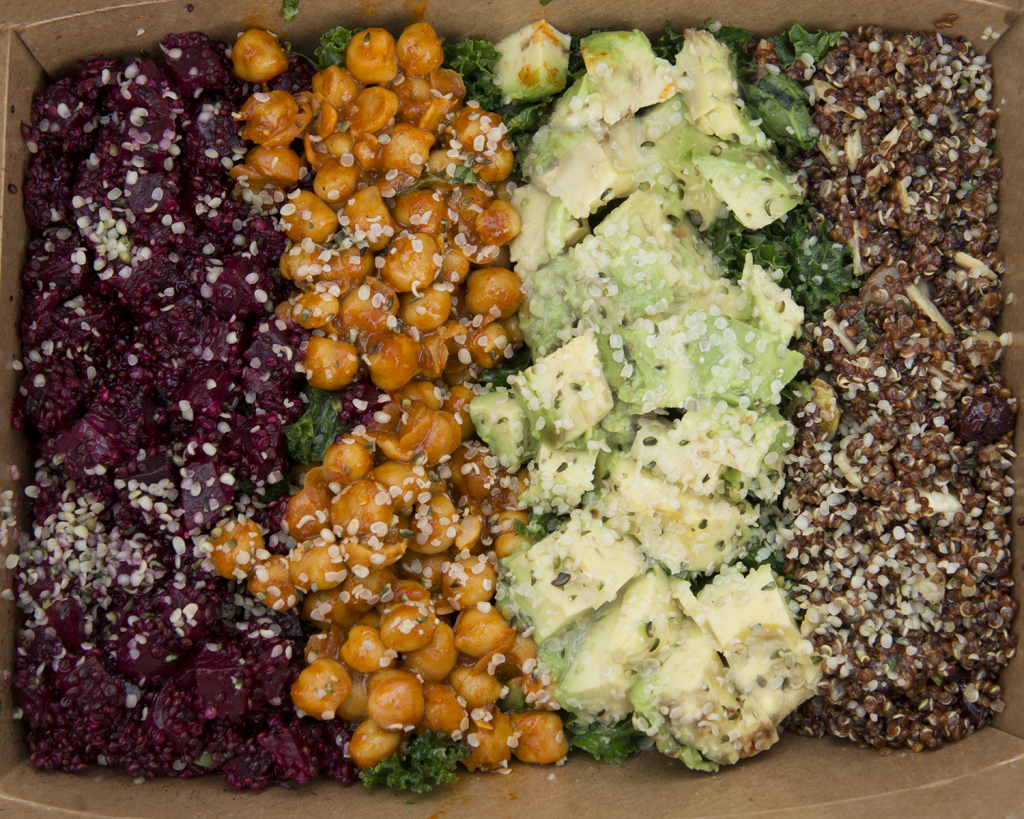
Honestly, the only downfall for me is that it feels too much like a Starbucks at an airport or a library. I wish it was a stand alone restaurant because the food deserves better presentation than take away boxes and the atmosphere feels far too casual for the quality of the food. Luckily, there’s some outdoor seating or you can always take the food to go.
But truth be told, the people that work there are so incredibly friendly and the food is simply so delicious, I’d probably eat it any way they handed it to me.
BRONZE CAFE 401 S Maryland Pkwy Las Vegas, NV 89101 (702) 202-3100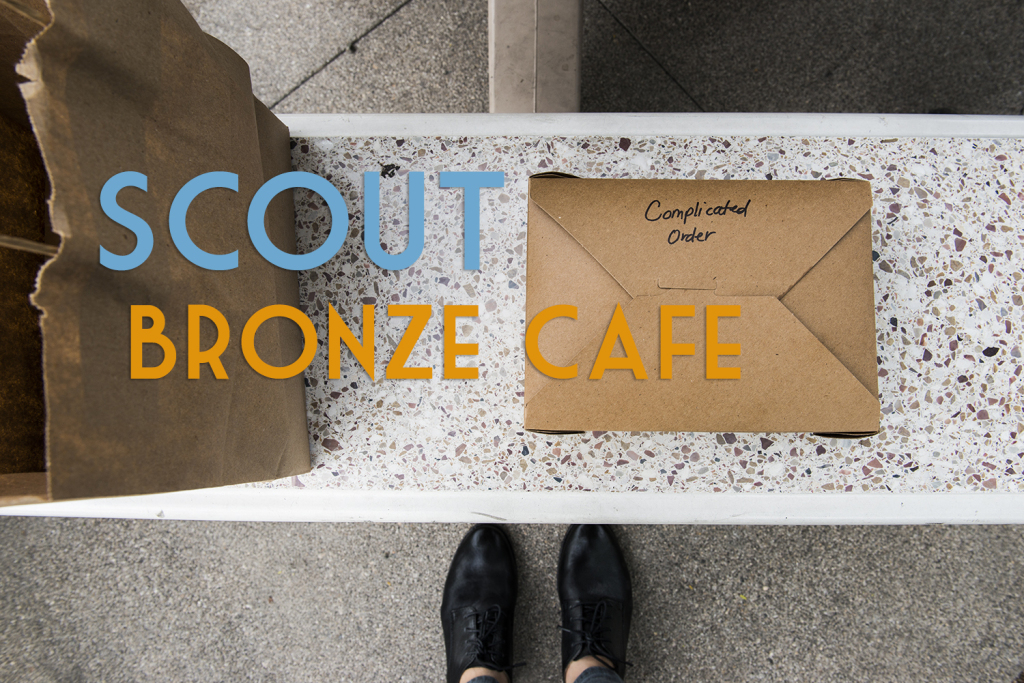

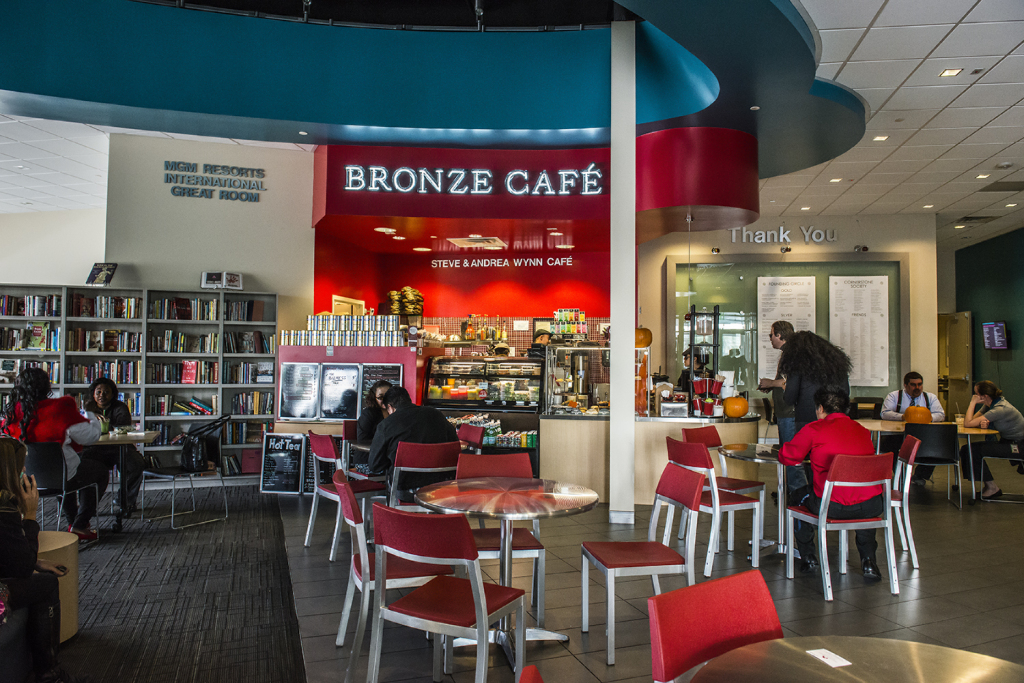

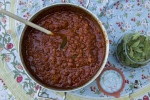

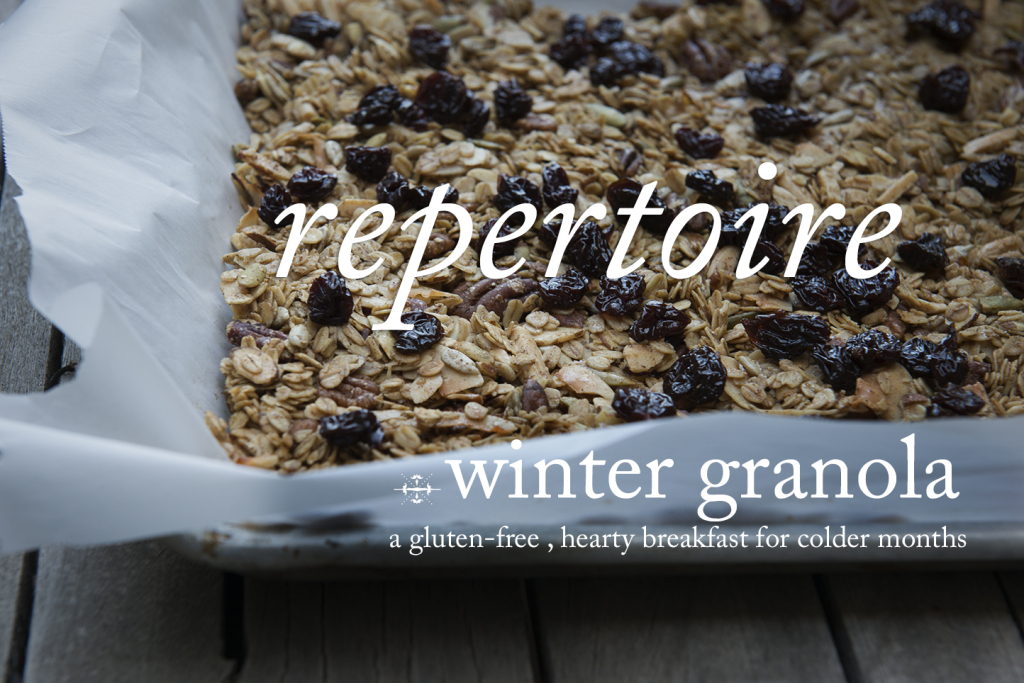
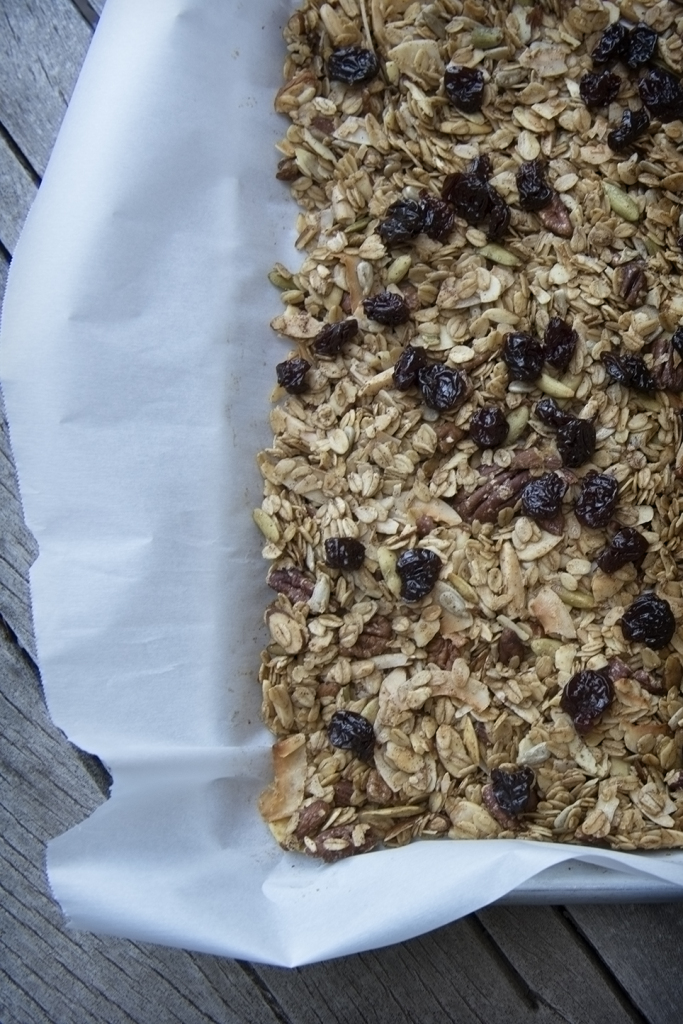

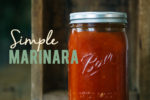
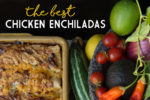
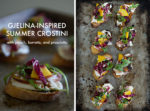


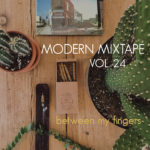

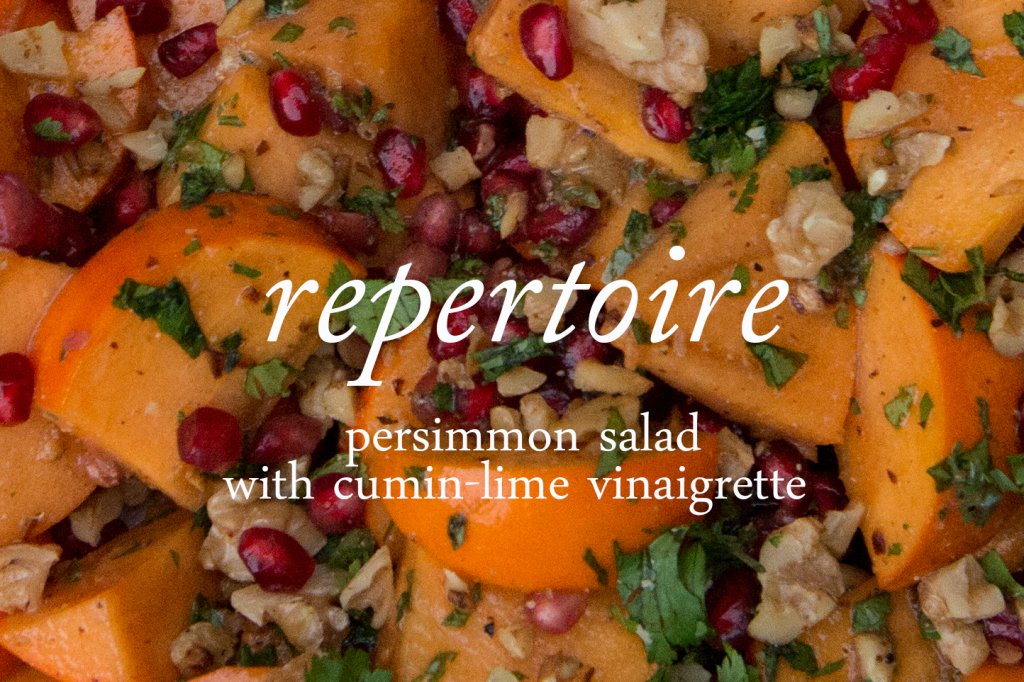
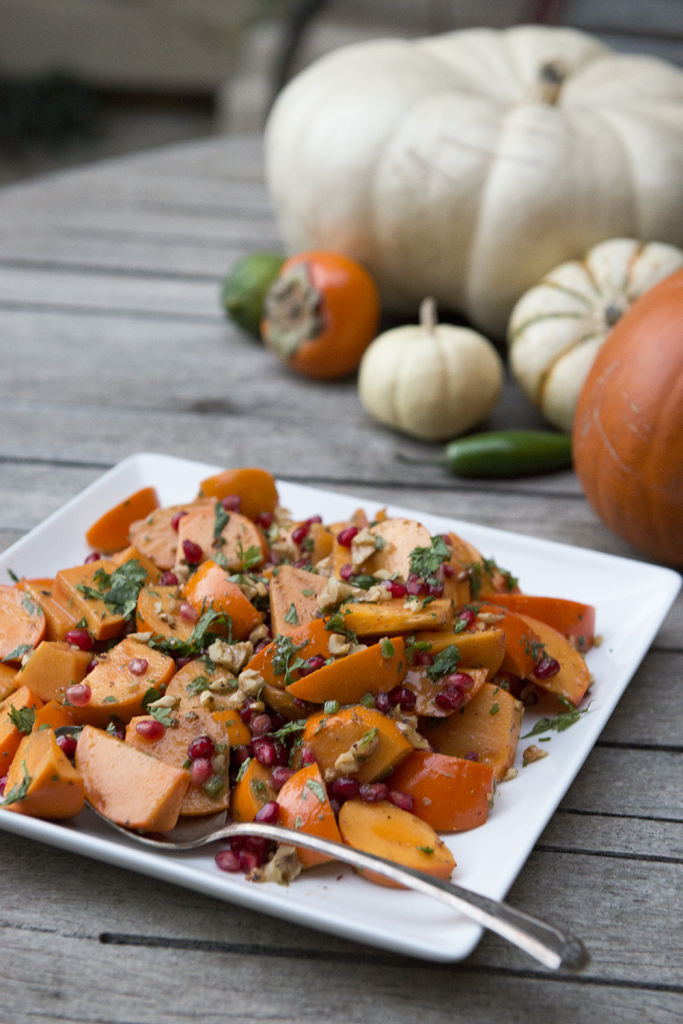 I discovered this beautiful and unusual salad several years ago at my friend
I discovered this beautiful and unusual salad several years ago at my friend 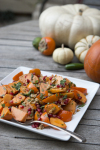
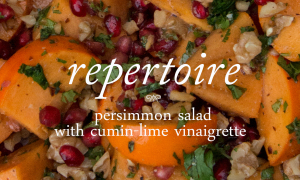
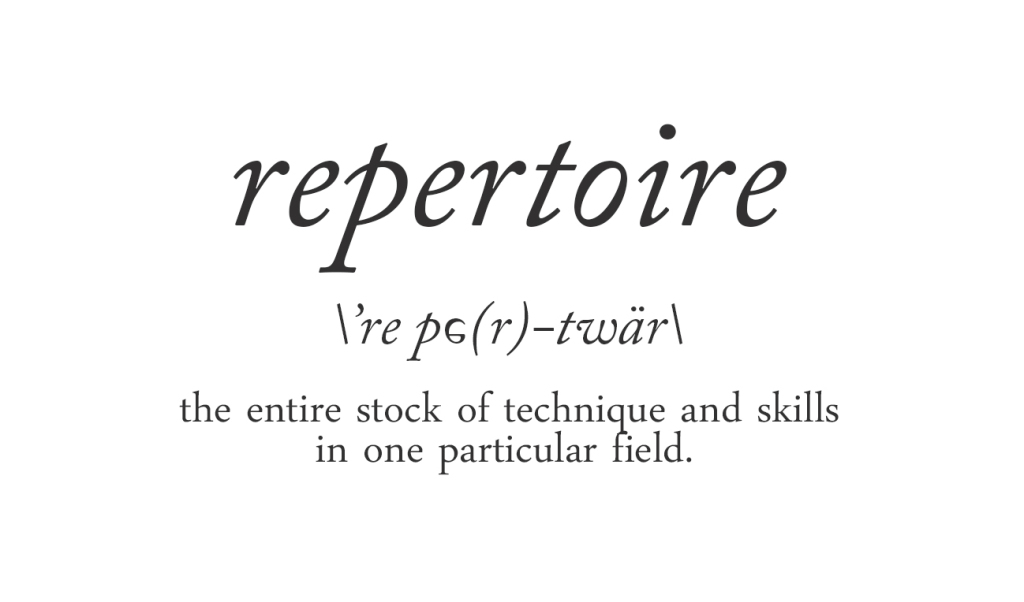
 I’m not sure what’s in the air, but boy have I been in the mood to tackle projects that have been looming over me for years! There has been a bunch of purging going on around here and this lightening of the load has inspired action in all sorts of other areas.
I’m not sure what’s in the air, but boy have I been in the mood to tackle projects that have been looming over me for years! There has been a bunch of purging going on around here and this lightening of the load has inspired action in all sorts of other areas.